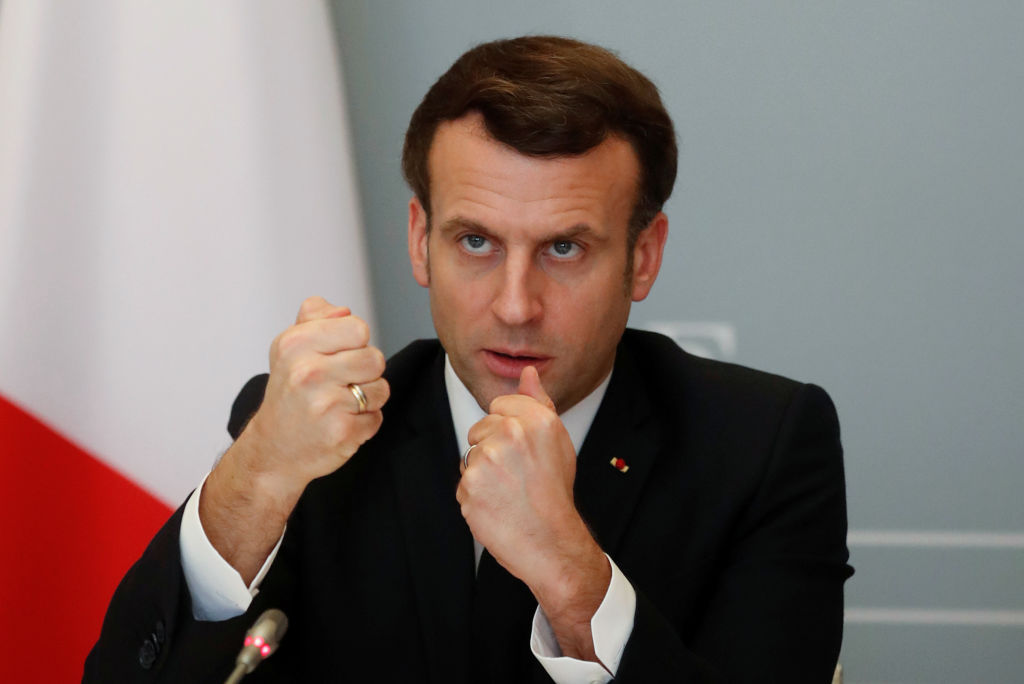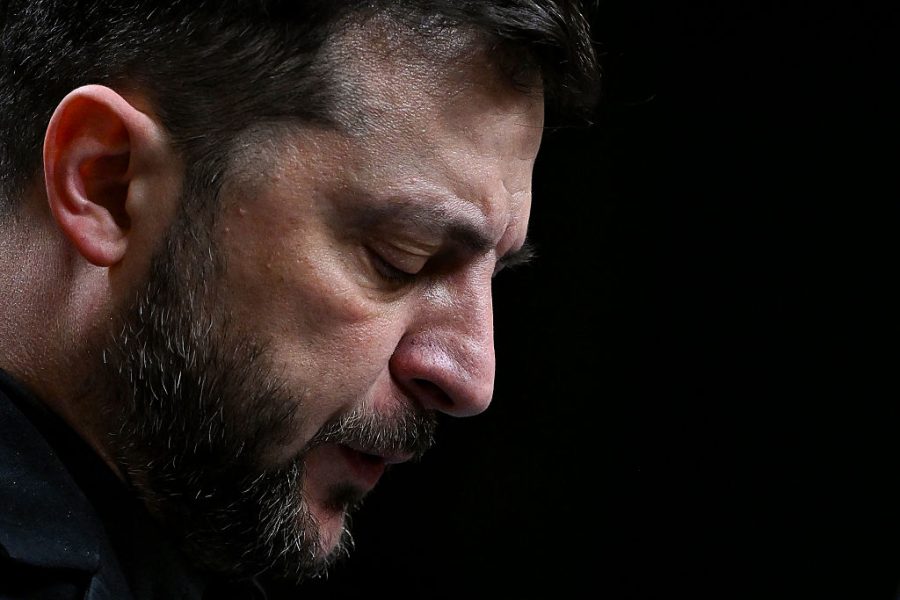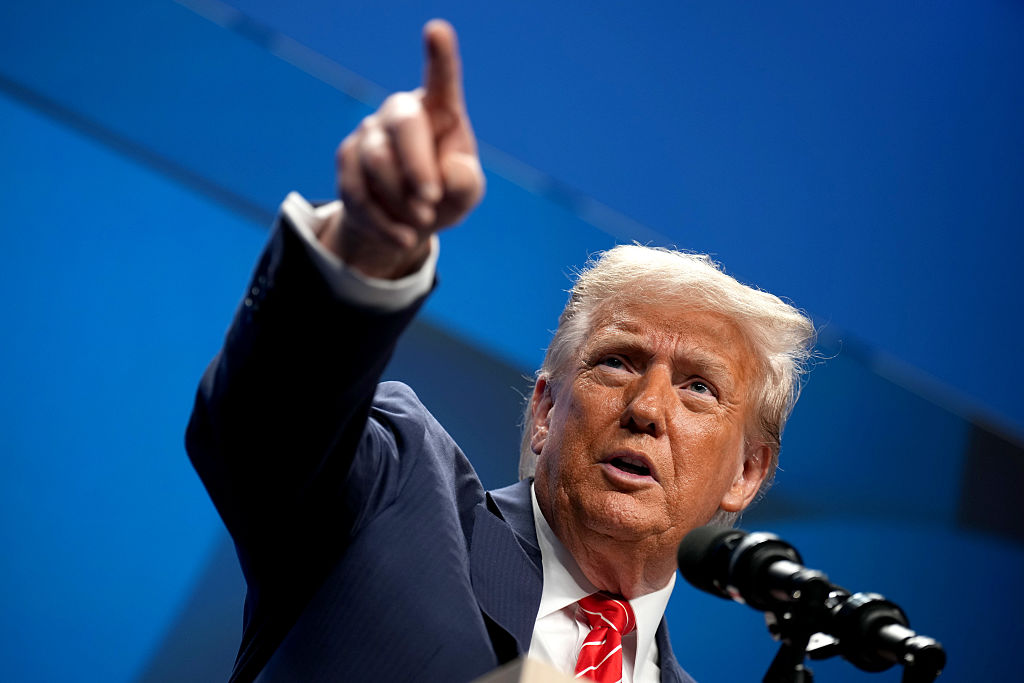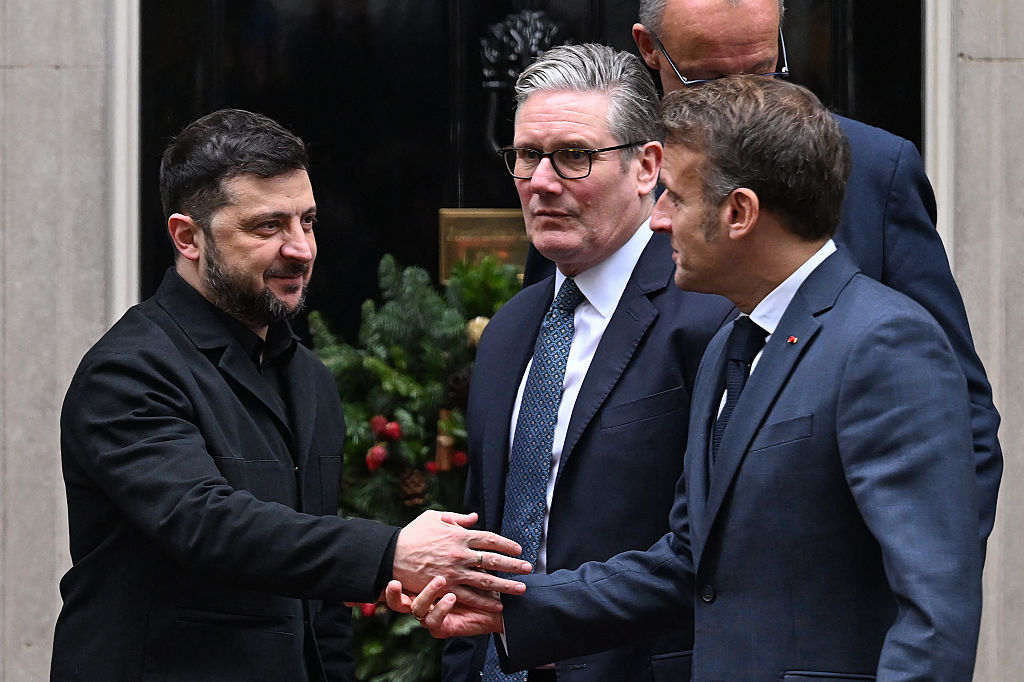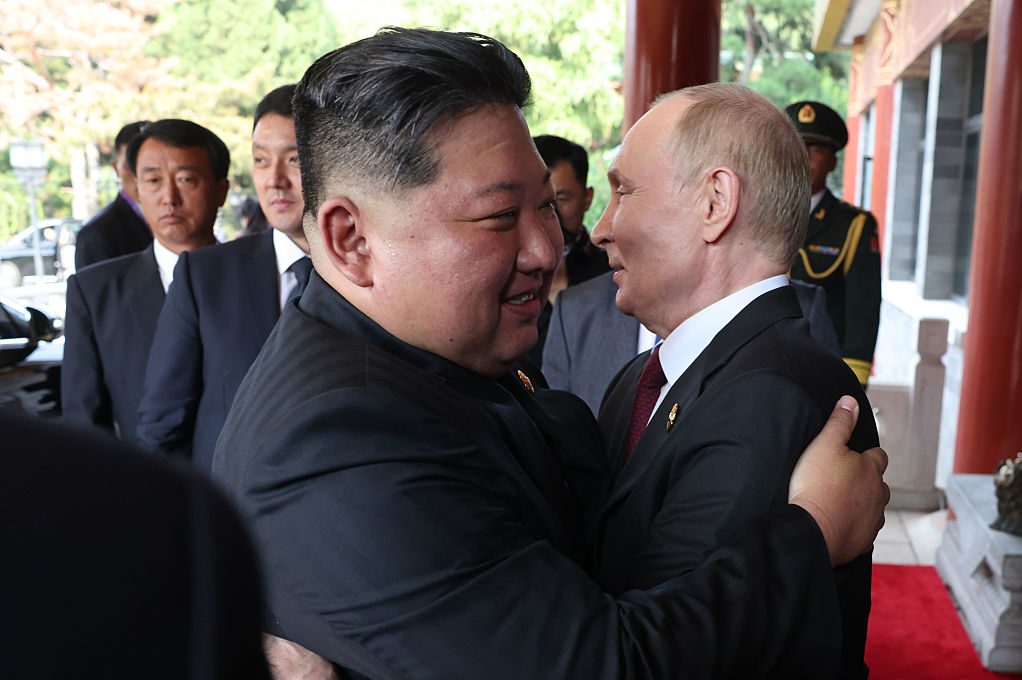Last Friday, President Biden signed a spending bill that will keep the government’s lights on until December 16, when lawmakers will have to cobble together a funding resolution to avert a shutdown. Tucked into that law was another tranche of security and economic assistance to Ukraine, to the tune of $12.3 billion.
The signing came two days after the Defense Department announced the release of an additional $1.1 billion military package for Kyiv, which will include 18 more HIMARS systems, 150 armored vehicles, and ammunition of various calibers. The Biden administration has provided the Ukrainians with over $16 billion in security assistance since Russia’s invasion in February.
Washington’s hands have been cramping up from writing so many checks. One can’t say the same about the Europeans, who have been noticeably stingy when compared to their allies across the Atlantic.
The Kiel Institute for the World Economy, a think-tank based in Germany, operates a database that tracks foreign assistance to Ukraine. The numbers (the next update is scheduled for October 11) paint a lopsided picture, with the United States vastly eclipsing everybody else. According to the Kiel institute, the US has contributed more than €44 billion in assistance, including military, humanitarian, and financial aid, between January 24 and August 3 of this year. The next highest contributor, the European Union, clocks in at approximately €16 billion. This sum sounds significant until you realize that the EU boasts a GDP that, at $23.7 trillion, is nearly on par with the US.
Aid at the bilateral level is even more paltry, at least when measured against what the Biden administration and Congress have authorized and appropriated this year. The British government remains one of Kyiv’s strongest advocates on the international stage, with former prime minister Boris Johnson becoming such a favorite of the Ukrainians that Volodymyr Zelensky wrote an article for the Daily Mail praising him as a decisive leader. Yet the actual numbers haven’t kept pace with the rhetoric. At €6.31 billion, the UK’s total aid to Ukraine is about one seventh of Washington’s own. Germany, the continent’s largest economy, is contributing even less than the Brits are: €3.5 billion.
This isn’t lost on the Americans. US policymakers may be content to support Kyiv over the long haul (there are questions as to how long this will last), but they aren’t clueless to the disparity. Indeed, the Biden administration’s patience with Europe appears to be wearing thin. According to Bloomberg News, Washington is pushing the Europeans to be far more proactive on the financial front. Because there’s a decent enough chance that American lawmakers will insist on Europe sharing more of the financial burden as the conflict proceeds, officials are trying to communicate a sense of urgency to their British, French, German, and EU colleagues.
Their first order of business is to push the EU to deliver the €9 billion financial aid package they’d previously agreed upon, of which only €1 billion has been disbursed. The Ukrainians, facing a $5 billion monthly budget deficit and an economy that has contracted by about 40 percent since Russia began bombing, are understandably frustrated by the delay in Brussels and eager to receive the money.
If this story sounds a bit familiar, that’s because it is. The Ukraine aid debate is in many ways an extension of the broader argument between the US and Europe on defense spending, where Washington pressures the continent to fork over greater contributions and European governments insist that, yes, they are serious about pulling their weight only for the situation to remain unchanged.
Vladimir Putin’s unprovoked war in Ukraine was supposed to change all that. It was supposed to serve as an electric shock to a region that had gotten used to a multi-decade peace dividend. And in some ways, the war did fulfill that purpose, at least at the very beginning. On February 27, three days after the first Russian missiles rained down on Ukraine, German Chancellor Olaf Scholz promised a one-time sum of $100 billion to rebuild the Bundeswehr, a force that Germany’s own defense minister admits is wobbly. French President Emmanuel Macron, who has made European strategic autonomy one of his calling cards, delivered a speech in May calling for additional military investments. In Macron’s words, “everything we defend would become irrelevant if we cannot, in the coming weeks and months, make credible our capacity as Europeans to defend ourselves, and particularly our eastern flank, through our cooperation, our allies and our alliances.”
Yet, just like the ongoing debate over Ukraine assistance, the rhetoric hasn’t matched the action. We’ve heard very little about these defense initiatives ever since. There have been few updates on the progression of Germany’s zeitenwende and even less clarity on how Berlin intends to spend the money.
Is Europe at risk of settling back into its old habits? It’s far too early to make a determination one way or the other. But you can’t help but wonder if the extra 20,000 US troops deployed to the European theater, the open wallet courtesy of Congress, and Washington’s obsession with keeping Europe under its thumb is enabling the very problem that multiple presidential administrations have complained about. It’s hard to see it any other way.



